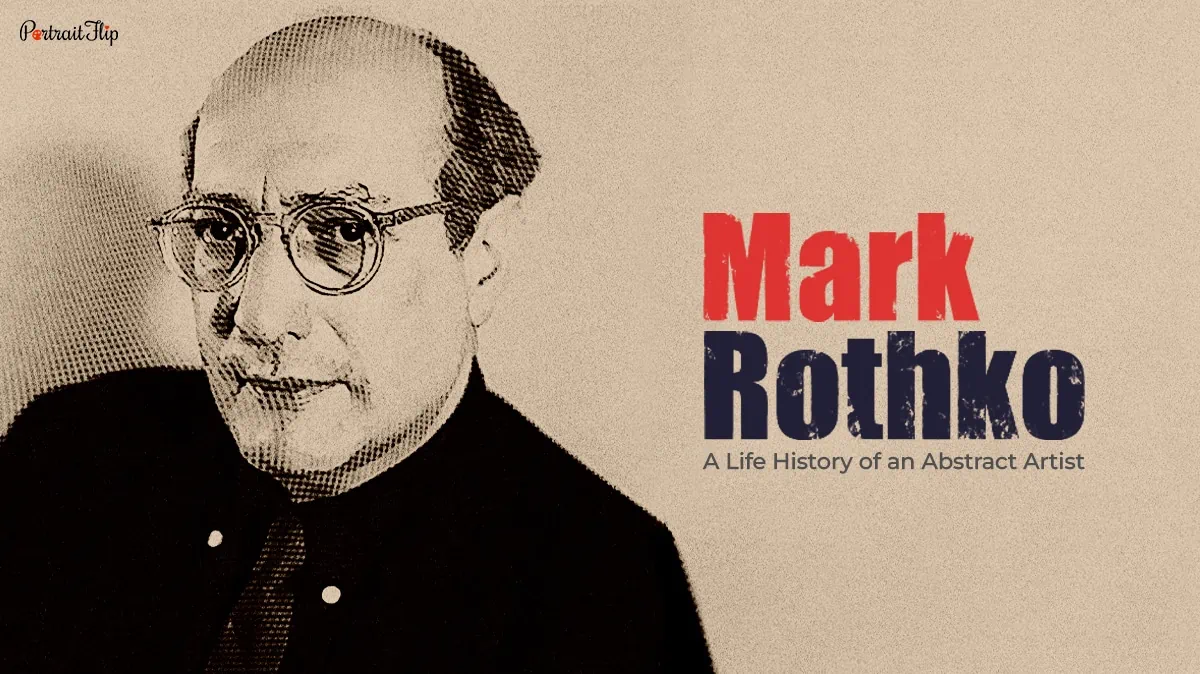In 1903, a major event took place in America. Do you know what it is?
An artist was born with the capability to define new meaning in the art world.
Who else, if not Rothko?
Mark Rothko was an American abstract artist who was a scholar with the talent of speaking four different languages. Wow!
If we talk about the paintings by Rothko, then his artistic skills cannot be described in just a few words.
He achieved great fame as a member of the first major artistic movement—abstraction of art!
Unlike other artists, he has a different perspective on painting.
Rothko believed that art was truly an expression of emotions and had a complete distrust for material wealth.
Do you know what was the main concern of Rothko regarding his artworks?
He wanted his admirers to buy his paintings because they were fashionable, not because they were moved by their first glance.
Mark even said that he would refuse to sell canvases to people who didn’t react in the proper way to the paintings in his gallery.
You must be wondering what a weird artist Rothko would have been.
Well, it’s Rothko, an artist who took his own life in his New York studio when he was 66 years old.
Why?
The answer lies further down, where I have tried to cover the famous Mark Rothko in a blog.
Table of contents
Early Life of Mark Rothko
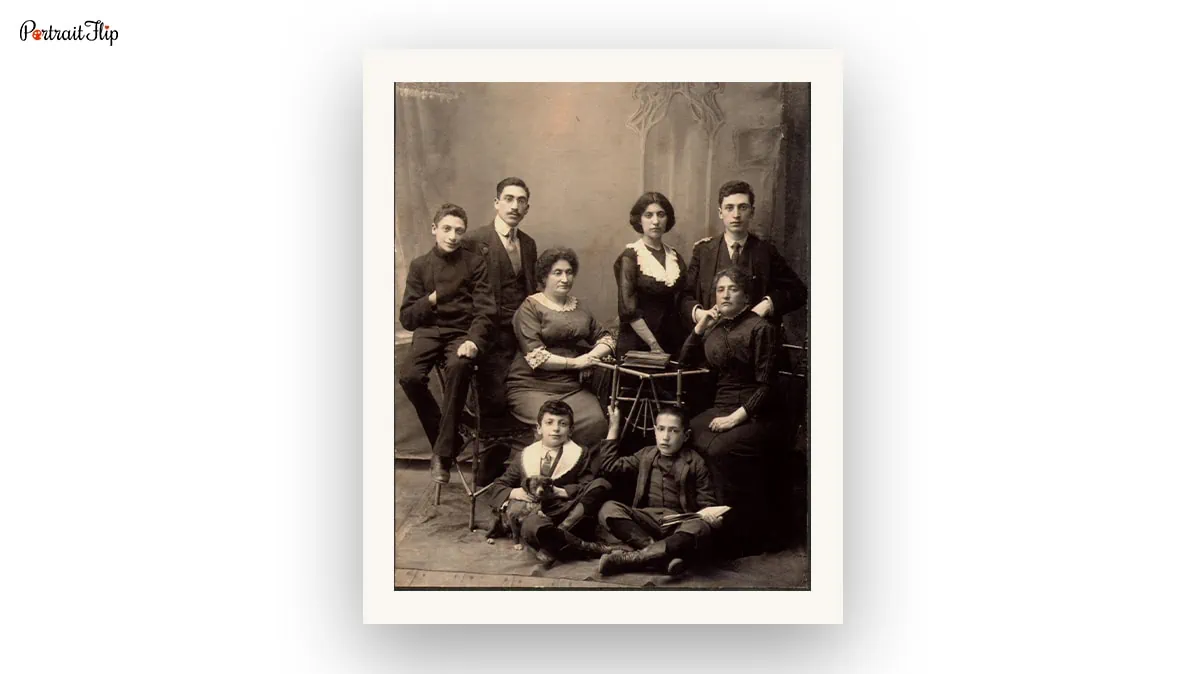
Born in Daugavpils, Rothko was the son of pharmacist Jacob Rothkowitz, who provided his children with a secular rather than religious upbringing.
Upbringing is the most important part of shaping a person. Now we know where his different thoughts came from.
Have you ever thought about the artist’s viewpoint whenever you witness their artwork?
One of the reasons could be how they were raised.
In Rothko’s case, he was the youngest among his family and siblings.
He was sent to cheder (a traditional primary school teaching the basics of Judaism) at the age of five.
He learned Lithuanian, Hebrew, Yiddish, and Russian, which was incredible during that period of time.
But there is always something that influences a person, or should I say, there is always “Someone” whose impact led Rothko to walk towards the path of art?
Who was that person?
Suggested Read: About Wassily Kandinsky
Influence in Rothko’s Life
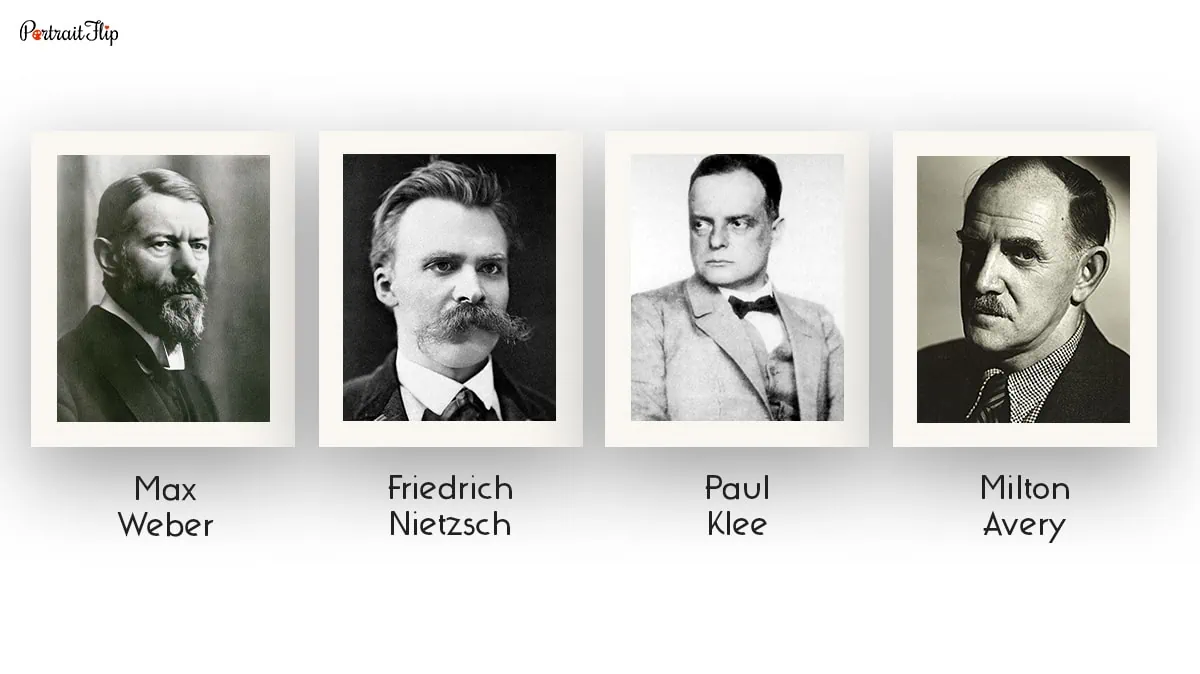
Rothko was influenced by Max Weber, a German sociologist, cubist, and economist who awakened a profound desire to express emotions via paintings in young Mark.
But throughout his life, Max Weber was not the only one whose guidance made the difference in Rothko’s life.
During his growing years as a painter, Mark was inclined towards the works of Surrealist artists who made incredible use of colors, like Paul Klee or Georges Rouault.
Now we know how he got his mastery over colors and marked his name through his amazing artwork.
If we are talking about his influences, then how can we leave out his academic viewpoint that made his paintings famous?
Mark believed that there was not much left to show artfully in portraits; instead, he wanted to discover new ways to express significant things in life.
This strong feeling raised his skills to a different level, where he depicted the human condition in urban society and the post-depression years.
He tried to convey the most basic feelings in the most uncomplicated way, which led to the Subway Series: Entrance to Subway.
This masterpiece showed the monotony of life through rhythmic colors and shapes in the most minimal details.
Additional intellectual influences in Rothko’s life:
Friedrich Nietzsche, a philosopher whose The Birth of Tragedy made Rothko work on the spiritual and emotional framework for modern living.
The best part? Friedrich’s high intellectual ideas filled the light and brought glory into his life through his works of art.
This makes me wonder how little influence in your life has such a huge impact on your success.
I wish I had such guidance, just like Mark Rothko. But one thing I can surely have is his influential work.
How? The below link will take you to the page where Mark Rothko’s replica is as unique as its original!
Early Career
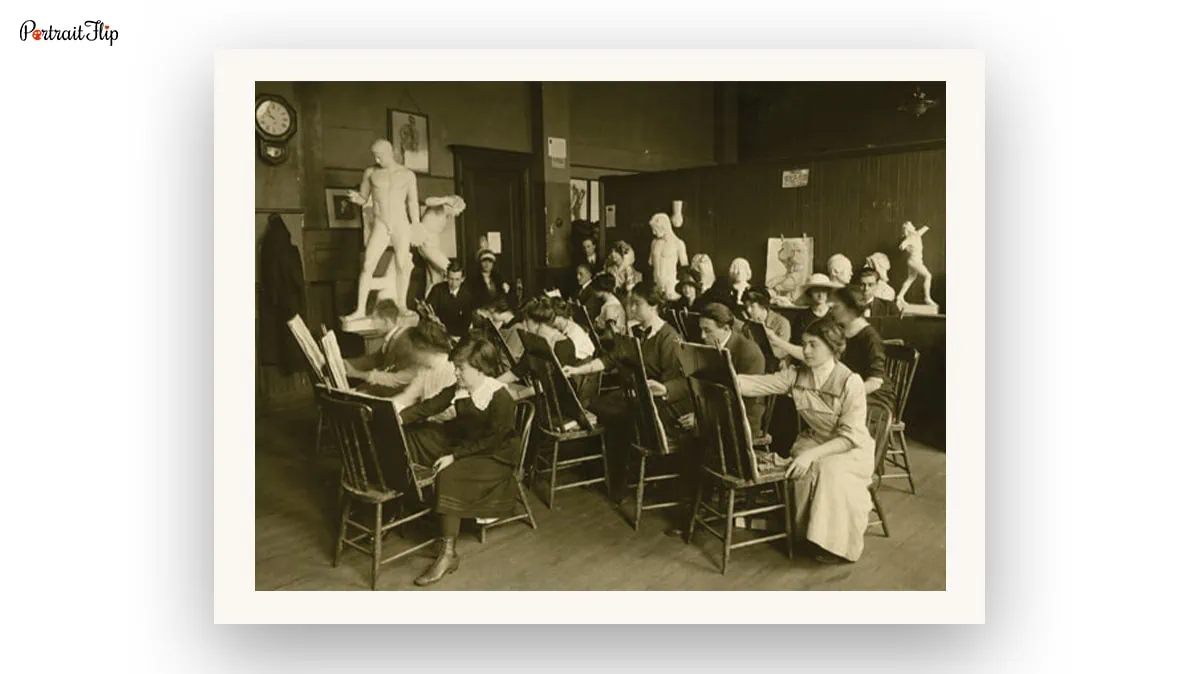
Aren’t you curious to know how Mark Rothko started his career? What did Mark Rothko do before painting? Or how did Rothko begin painting?
Well, it was 1923’s autumn. Rothko found work in New York’s garment district.
While visiting a friend at the Art Students League of New York, he came across a few students who were sketching a model.
He believed that the thing he witnessed was the beginning of his career as an artist.
Later, he enrolled at Parsons (the School for Design), where he met Arshile Gorky.
Gorky’s leadership of the class was defined by Rothko as overcharged with supervision.
That same autumn, he took courses at the Art Students League, where he was introduced by Max Weber.
The eagerness to learn about modern art and view crafts as a tool of emotion began with Rothko.
Rothko’s Career in New York
After Rothko moved to New York, he landed in a rich artistic environment, which proved to be a big turning point in his life.
In 1928, Mark, along with a group of young artists, exhibited works at the Opportunity Gallery.
The colors of his paintings, dark and gloomy effects, moody interiors, and urban scenes were accepted among the peers of the city.
We already know the people who influenced Rothko in certain ways. But there is one primary member who stands out on the list.
You know who that person was.
It was Milton Avery, an American modern painter, who not only had a huge impact on guiding Rothko but also implemented the idea in his mind about the possibility of a life as a professional artist.
Soon Rothko began to develop artworks that were related to the subject matter, including abstract artworks and rich colors, as seen in his works Bathers or Beach Scene (1933-1934).
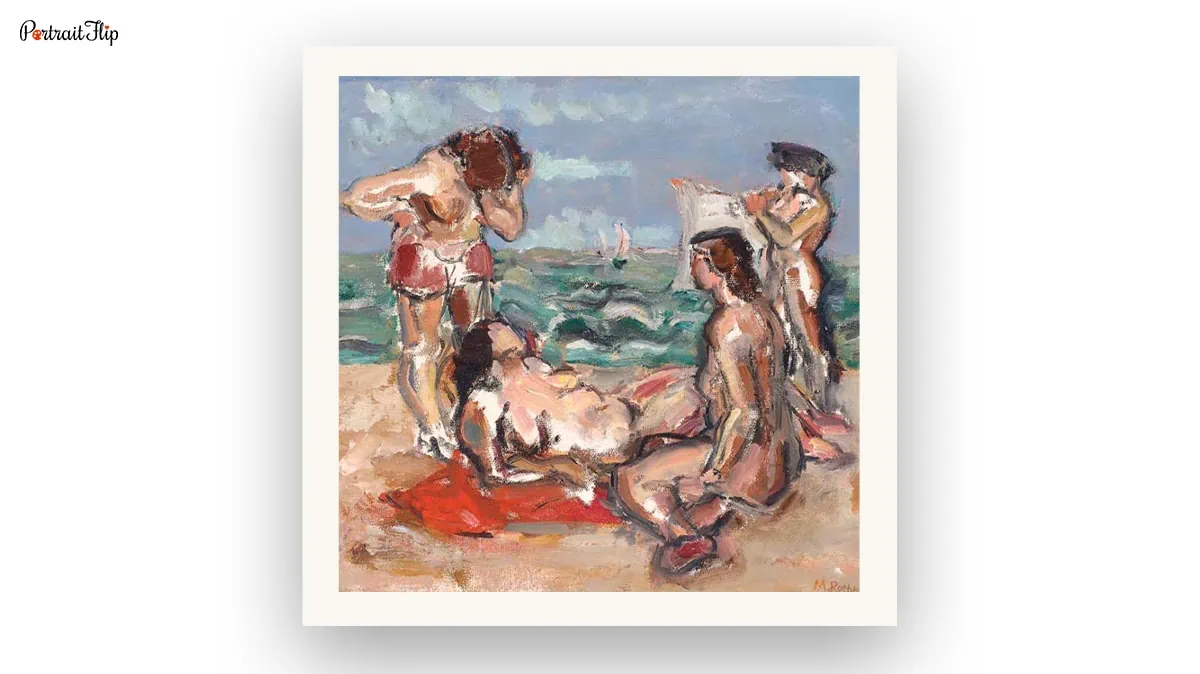
His First Solo Show
Rothko had his first East Coast solo exhibition in New York at the Contemporary Art Gallery.
He displayed fifteen oil paintings, which captivated art critics.
His rich use of colors and portrayal of paintings that play with human feelings made him renowned in the history of art.
The way he reflected abstraction in his paintings made him one of the most famous abstract artists of all time.
In 1936, he even began to write a book, which he eventually never finished.
His works were said to be a virtual place where a person would not help but fall deeper in search of meaning, which the painting illuminates.
The discussion about his brilliant use of colors makes it intriguing to know more about his techniques and grab a Rothko’s perspective on how one can look at Rothko’s artworks.
Why not take a small tour of some of Rothko paintings?
Rothko’s Color Field Paintings
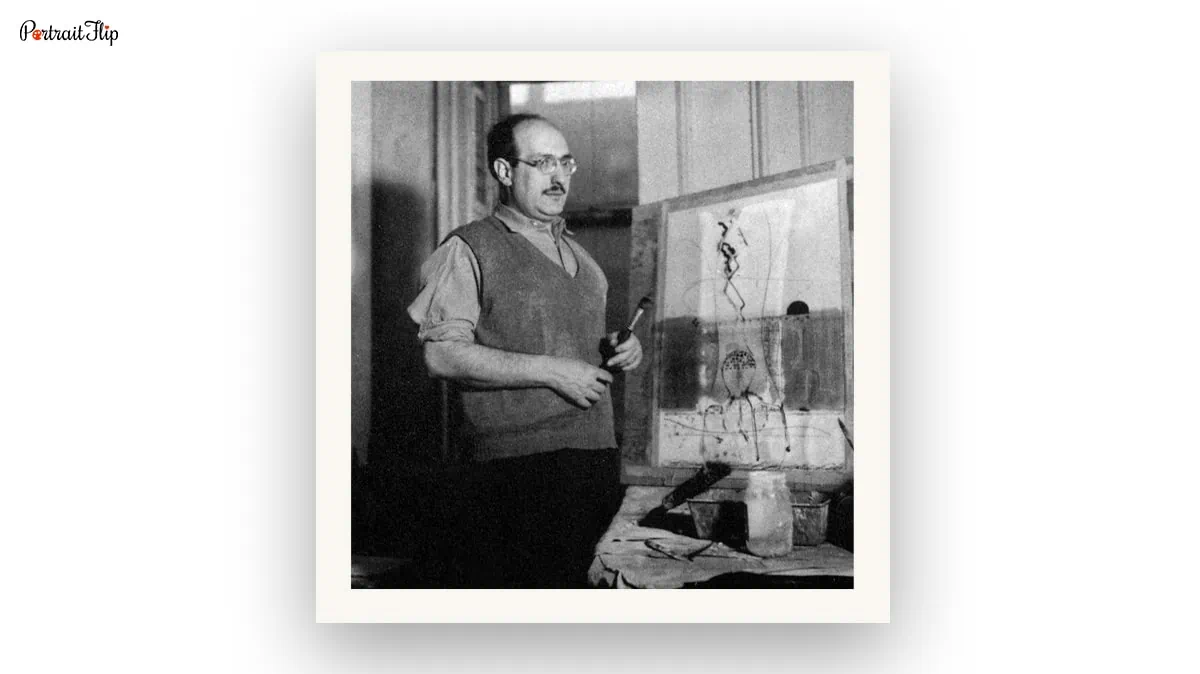
By the 1950s, Mark Rothko’s art had matured into his signature style—color field paintings.
Unlike other famous artists, he rejected the concept of figurative art and favored the contemplative form of color appreciation.
A rectangular block of shades placed mostly in horizontal form on canvas was an impression of Mark Rothko’s paintings.
With its vivid and gloomy way of conveying basic human feelings from joy and ecstasy to grief and pain, artist Mark Rothko gives a magnificient view to his murals.
But whenever the audience glances at his work, they have the same question: What do Mark Rothko’s paintings mean?
So let’s look at some of Mark Rothko’s artwork and the meaning that it hides within itself:
No. 61 (Rust and Blue)

You must be wondering who paints such an art, and that too became famous. It’s not just you; it’s a common thought that crosses everyone’s mind.
Do you know the real meaning behind this painting?
No. 61 summarizes three time phases and makes a bloomy appearance in the audience’s eye.
The section represents the future, present, and past (from top to bottom), which indicate pain and hollowness.
The black border shows the darkness and insecurity in Rothko’s life.
It is also known as “Rust and Blue” which symbolize blurred, foggy, and unclear perspectives.
The meaning depicts that anything could take place during the period of time.
White Center (Yellow, Pink and Lavender on Rose)
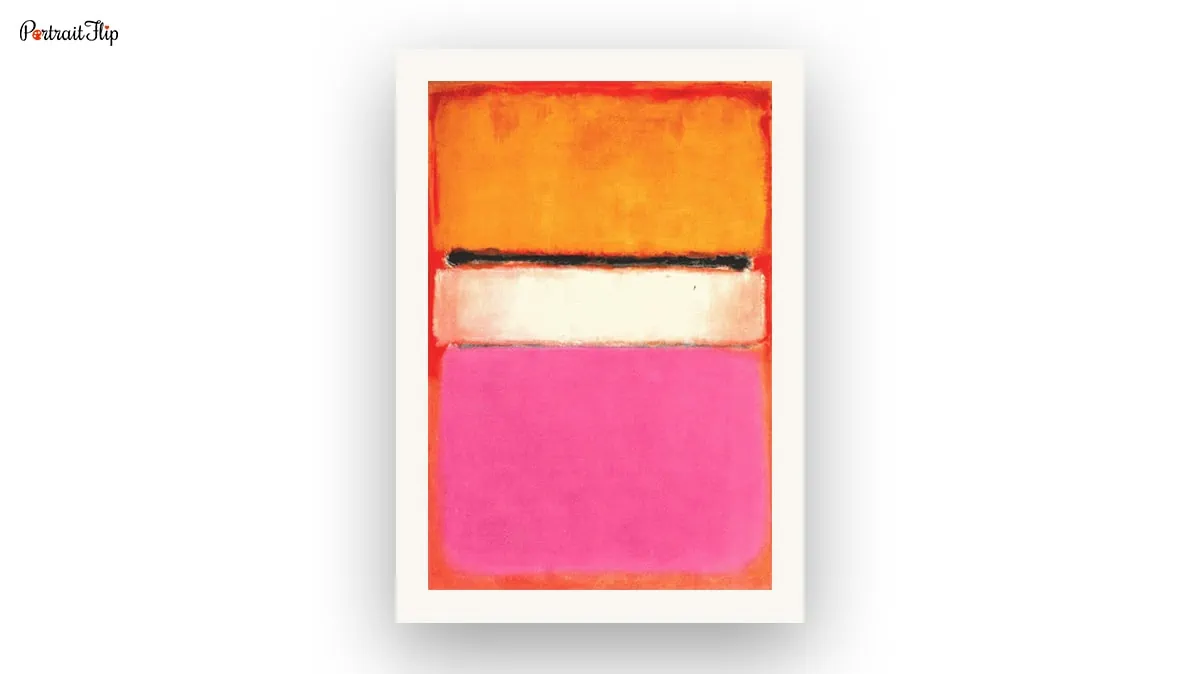
People mostly have a common question about how they should look at Rothko’s paintings.
The answer is simple, listen to your inner feelings. The feelings that you get after the first glance are exactly how you should look at Rothko.
He has only one thought that whenever his admirers confront his masterpieces, they do not search for meaning.
Instead, he wanted his viewers to feel the emotions they developed while witnessing his art.
This White Center painting by Rothko is a reflection of his fascination with emotional and visual power.
He believed that there shouldn’t be any obstacles between the painting and the viewers.
Rothko wanted to captivate attention with his simplicity, leaving the people to find the answers according to their own perspective.
This art unravels more than one meaning, and that too is different for each person. Amazing work, Mr. Rothko!
Entrance to Subway: A Subway Series
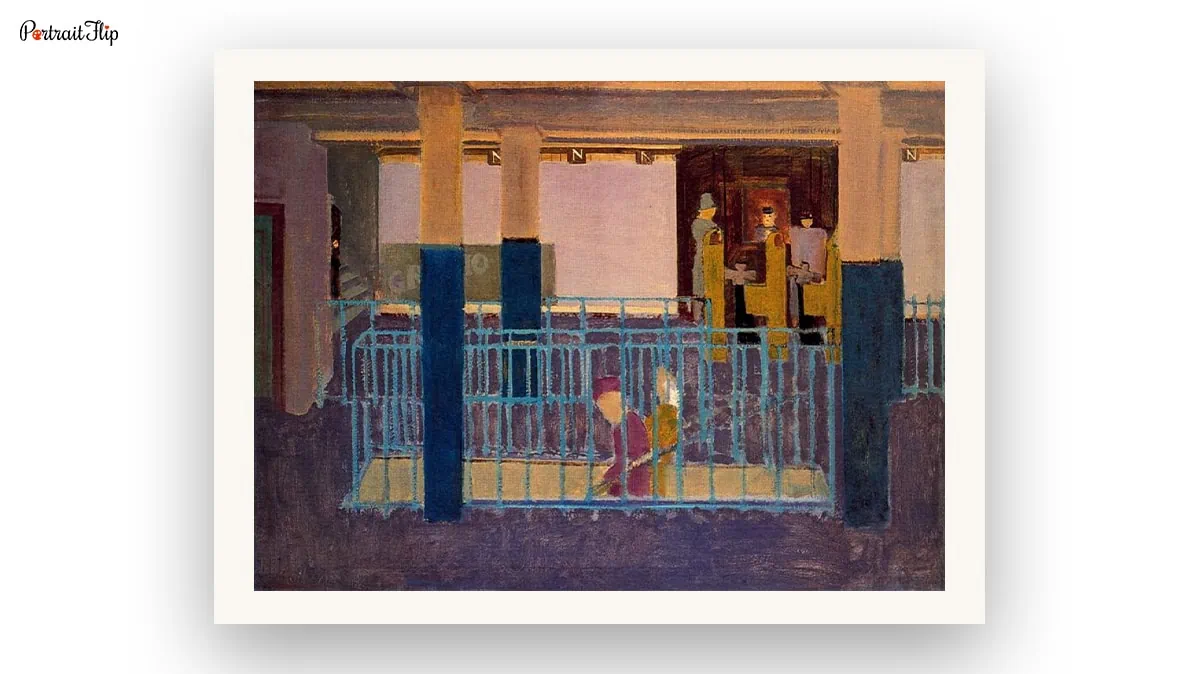
This is another masterpiece, a not-so-color field painting by Mark Rothko.
As we all know, the painter Mark Rothko is known for creating color field artworks, but his subway series has some other stories to share.
A story that narrates the monotonous life of a New Yorker in a never-ending loop.
If you observe the work closely, their are faceless people walking towards the subway with zero interaction.
This reveals the state of the people, which is pale and depressed.
It is also believed that the painting is a depiction of Rothko’s loneliness and isolation in life.
In all his paintings, don’t you find one thing in common?
Rothko has somehow portrayed his life in his art through the colors and people around him.
Although his artworks were not-so-descriptive in their own way, the connection created a sense among the audience.
This genius has gone beyond the need to portray meaning with the help of the subjects in the painting and struck the living hearts of the viewers through his unusual thoughts and use of colors.
Other Best Works by Mark Rothko
Well, of course, that was not the only great work by Mark Rothko.
Here are some other pieces that will stun you with more unusual thoughts about artist’s mindsets.
The list includes:
- Black In Deep Red, 1957
- Rothko Chapel, Houston
- Untitled (Black And Gray), 1970
- Orange, Red, and Yellow, 1961
- Slow Swirl At The Edge Of The Sea, 1944
- Green and Maroon by Mark Rothko
The Legacy of Rothko

An artist who took his own life but has 836 paintings added to his name, which is huge.
An painter whose each painting sell for more than a million dollars and can be found in galleries and private collections all over the world.
An artist whose artworks are counted among the most expensive paintings, with the highest price of $75.1 million at a Sotheby’s auction.
All these legacies speak about why Rothko was so expensive and why he was so important.
He used to produce pieces in a manner that made him a milestone painter in art history.
A monument depicting Mark Rothko was designed by sculptor Romualds Gibovskis at his birthplace, Daugavpils.
Many legacies are attached to his name, but he is still the artist who chose a suicidal option to die. Why?
There are rumors that he cut his wrist at the age of 66, during the peak of his career.
The reasons could be: long, hard struggle as an artist or separation from his marriage.
He was even depressed about his health, which was getting worse with each passing day.
This information came as a shock to me.
The fact that an artist like Mark Rothko, who always stands out due to his unusual thoughts, could take such a step in his life.
Rothko and his ways are still not understood by many.
To My Readers
A well researched blog about Mark Rothko is presented in front of your eyes.
If there are any questions or suggestions, you can connect with me via comments.
It would be interesting to hear some unknown facts about Mark Rothko’s life.
Also, you can go through our art and aesthetics page, where you can find blogs about other famous artists.
Keep reading, guys!
FAQs
The most expensive painting by Mark Rothko was Orange, Red, and Yellow.
Rothko used paint in a way nobody had thought of before. His thoughts were beyond one’s imagination. He is one of the milestone painters in art history.
Mark Rothko used floating forms through color and layering in order to create his unique artworks.
Rothko used analogous scheme in his paintings.



